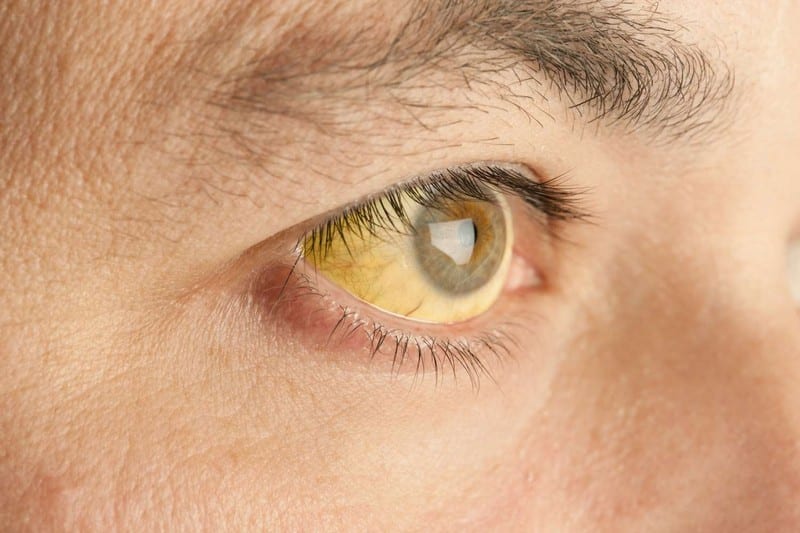Jaundice

In the later stages of the illness, jaundice, itching, and swelling might occur, especially when cirrhosis sets in due to NAFLD. Every day, a fraction of the body’s RBCs die and are replaced by new ones. The liver disposes of used red blood cells, resulting in bilirubin. If the liver receives excessive dead or decaying red blood cells, jaundice may develop because of too much bilirubin in the blood. This condition may also occur if the liver is overworked or injured, preventing bilirubin from making its way into the intestines. The onset of jaundice might be rapid or gradual for NAFLD patients.
Several disorders have been linked to increased blood bilirubin levels, including liver illnesses. In addition, some researchers observed that direct bilirubin levels were associated with the development of NAFLD, while indirect bilirubin levels were associated with the severity of a liver illness.
Patients with jaundice may notice the yellowing of their skin and eyes, dark urine, and grayish stool. In persons of color, they may notice it through a yellowish sclera, the white part of the eyes. Since jaundice is a common symptom of other kidney and liver diseases, NAFLD can be distinguished from other uncommon accompanying symptoms, such as chills, fever, breast enlargement in males, and night blindness.










